If you’re like me, you’ve played dozens of Nintendo games from nearly all of their greatest franchises periodically throughout your entire life. However, not all of you are like me, and you might think to yourself, “I haven’t played X Nintendo series before, where do I even start?” Well, dear reader, do I have a surprise for you: my Nintendo Franchise Starter Guide!
In this guide, I’ll give you an example of the perfect game for each major series from the Big N that you should give a shot if you have no prior experience with that series. To be clear, the games I mention here are NOT necessarily the best or most popular entries in their respective franchises. In fact, very few titles I write about in this piece are even among my personal favorites. The purpose here is to give you, the Nintendo novice in question, recommendations on what Nintendo games give you the best window into their respective series.
Also, just to make things even more clear: These are the games you should play first if you want to later play other games in the series as well. I’m not saying, “If you could just play one Zelda or Star Fox game, play this.” I’m saying, “If you want to play multiple Zelda and Star Fox games, here’s where you should start.”
The (Not Really) Official Nintendo Franchise Starter Guide!
For the purposes of this list, I’m sticking mostly with the big dogs of Nintendo’s history, ignoring many of the spin-offs and lesser known franchises (apologies to Mario Party, the various Mario RPGs, and Mother). I’ve also split one franchise into two (you’ll see why later). Additionally, I’m trying to stick to what I know. If I haven’t really sunk my teeth into a series (e.g., Pikmin, Xenoblade, Bayonetta) or have only really played one game from it (e.g., Animal Crossing, Wario Land), you won’t see it here.

What Zelda Game Should You Try First? The Legend of Zelda: A Link Between Worlds
Any Zelda fan reading this will likely be flabbergasted that A Link Between Worlds of all games is the one I say you should start with. Sure, it borrows the same world/musical compositions/narrative structure/vibes as A Link to the Past, a superior game that came out more than 20 years prior. Sure, it largely uses the top-down perspective spurned by the franchise’s 3D entries. And sure, it’s a handheld-only experience.
Hear me out, though: A Link Between Worlds is probably the most user-friendly and approachable version of classic(ish) Zelda ever made. The controls are super straightforward, and the UI is as clear as can be for a series with frequent item swapping. The game utilizes somewhat of an open world, but it’s not especially big or confusing. It’s also just different enough from its predecessors—you can beat dungeons in any order and rent any key item after a certain point—that you won’t feel like you’re going backward playing earlier games in the series afterward.
Most importantly, A Link Between Worlds hits on all of the classic Zelda notes:
- Mostly bare-bones plot with relentlessly charming characters and writing
- Labyrinthine dungeons that task the player with mastering items and mechanics
- An awesome narrative “shoe drop” after the first three dungeons
- A unique mechanic that only exists in this game and serves as the foundation of both combat and puzzle-solving
- The most beautiful and powerful soundtrack you’ve ever heard (describes minimum six Zelda games)
- Adorable critters and weird little guys who give you fun and silly side quests to do
Moreover, while the game has tons of fan-servicey content—it did originally start as a remake of A Link to the Past, after all—it doesn’t presume the player has any prior knowledge or understanding of how this series works. It also doesn’t feel in any way dated or rough around the edges; if anything, it might be the most polished 2D Zelda ever made. As a result, a first-time player is just as likely to have a great time as a Zelda veteran with A Link Between Worlds.
Now, you might be wondering why I went with this one instead of, say, Breath of the Wild, which reimagined the Zelda experience for a modern audience. Well, therein lies the rub: Breath of the Wild was such a stark departure from the classic formula used by the majority of games in the series that it couldn’t properly prepare someone who’s never played Zelda before for any other game in the franchise. If you want to really dig into The Legend of Zelda, you can’t start with the game that overhauled everything.
Platform: Nintendo 3DS
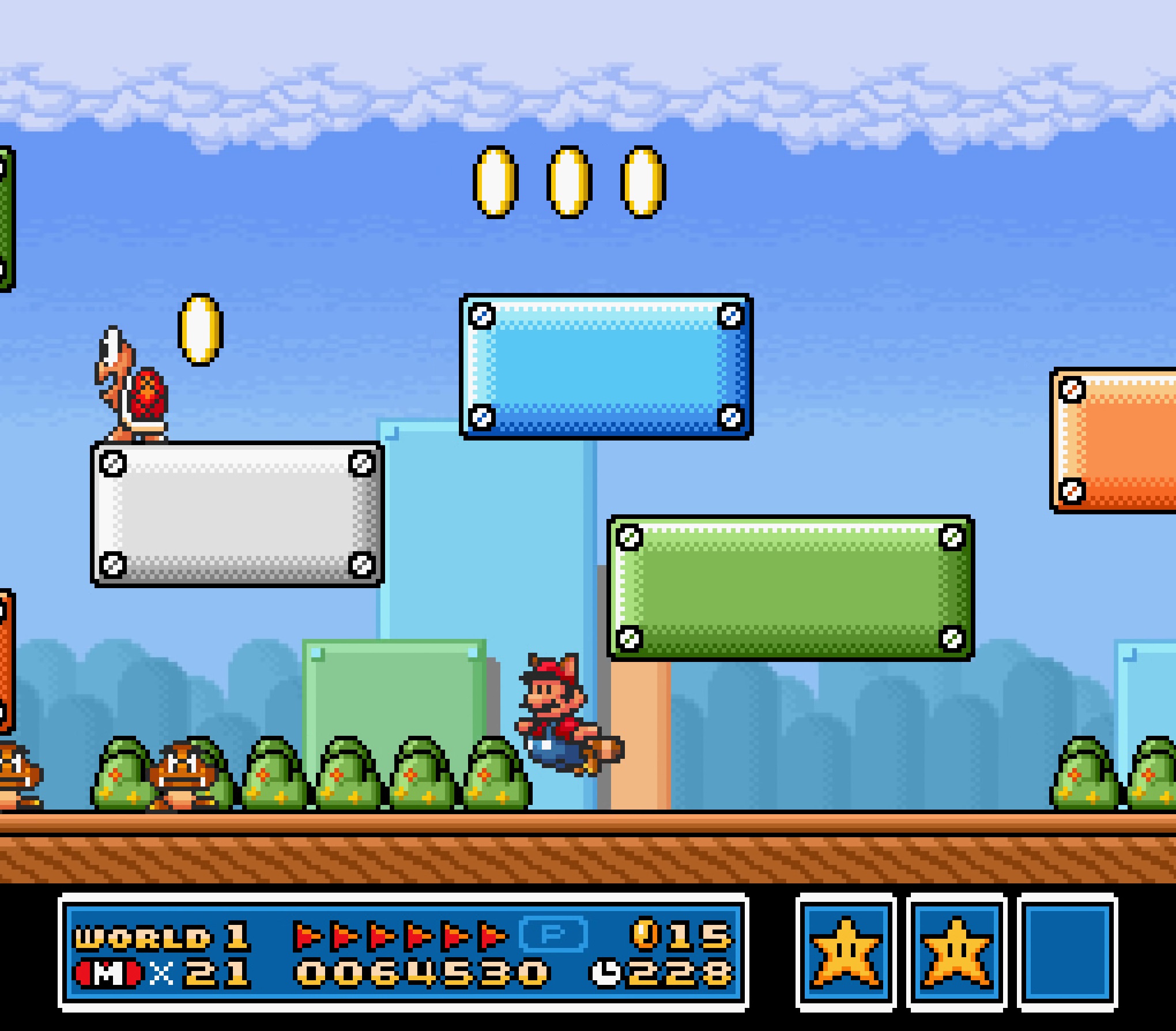
What 2D Mario Game Should You Try First? Super Mario Bros. 3
(Before I go any further, you’ve probably noticed I’ve split Super Mario into 2D and 3D categories. I’ve done this because I find the fundamental design philosophies of 2D Mario notably different from those of 3D Mario—with a couple exceptions—and felt the need to recommend different games for each.)
Of all the games on this list, this one was the easiest to pick for its category. While I prefer Super Mario World, Super Mario Bros. 3 is probably the most beloved 2D game in the series, as it wildly expanded upon the ideas from prior games in the series and refined the mechanics in ways few platformers since have matched. Despite being an NES game, Mario 3 feels timeless, with some of the best level design in the series and smooth-as-butter jumping and movement controls. The original Super Mario Bros. is the most important game Nintendo has ever made, yet Super Mario Bros. 3 is superior in basically every imaginable way.
Most notably, Mario 3 added concepts and ideas to the 2D Mario formula that every single other game in the series afterward copied, including an overworld map with alternate pathways, secret levels, optional mini-games, auto-movement stages, and even items that basically allow you to fly past obstacles. Every single Mario game since has sought to build upon its foundation, and only one in my view (World) has surpassed it in overall quality and creativity.
Now, I wouldn’t call the game easy by any means. A lot of the later levels can get pretty tough, and if you’re playing the original NES version, there’s no save feature. Still, if you want to understand why Super Mario has had such a chokehold on gaming culture for four decades, you’ll know within minutes of booting up Super Mario Bros. 3.
Platforms: NES, Super Nintendo, Game Boy Advance, Nintendo Switch (via Nintendo Switch Online)
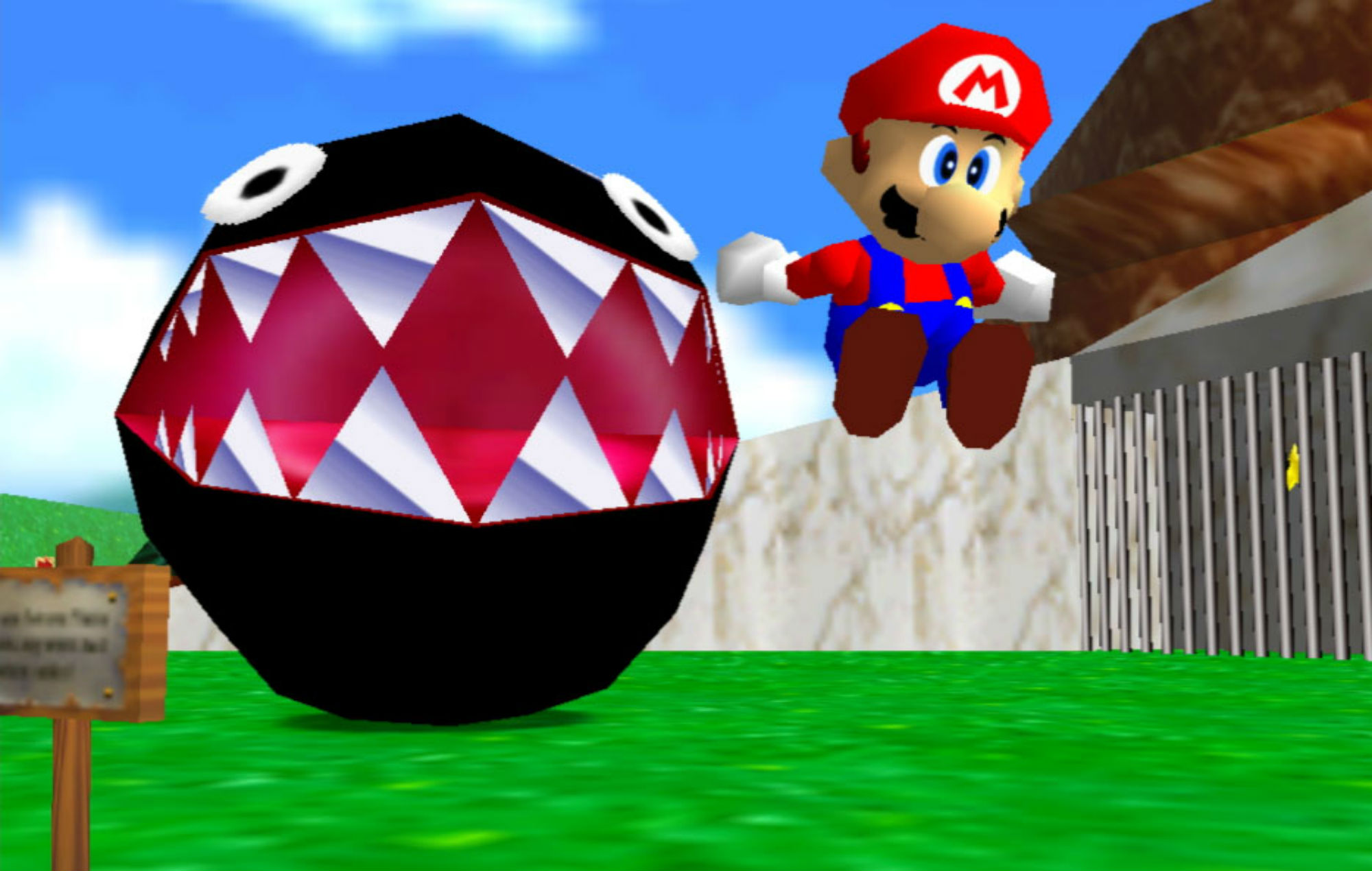
What 3D Mario Game Should You Try First? Super Mario 64
Yes, I know: Super Mario 64 can definitely feel old in a lot of places. The janky camera, the use of pre-rendered assets (those trees are FUNNY, man), the sometimes unforgiving jump mechanics… yeah, this is very much a game from 1996.
That said, Mario 64 remains a perfectly straightforward and uncompromised vision of what a 3D platformer should be. The challenges are pretty simple—get to the top of a mountain, ground-pound the bad guy a few times, collect eight red coins—yet a total blast to play. The open-ended progression system allows players the flexibility to completely skip levels and challenges they don’t like and still be able to move forward. Additionally, Peach’s Castle is such a fun playground for player experimentation; you can just jump around, swim in the moat, and chase rabbits underground if you want to.
Something like Super Mario Odyssey or Super Mario Galaxy might be better for people who just want to get into a fun and colorful platformer, but Mario 64 gets to the heart of what 3D Mario games are really about. Every game in the series since feels notably distinct from one another, but they all feel like 64 in a lot of places. You can’t really go wrong with 3D Mario games, but I still think you should begin where it all began.
For the love of God, though, do NOT start with Super Mario Sunshine. I love that game, but… yeah, not good for newcomers.
Platforms: Nintendo 64, Nintendo DS, Switch (via Nintendo Switch Online + Expansion Pack)

What Pokémon Game Should You Try First? Pokémon FireRed/LeafGreen
Honestly, it doesn’t really matter which game in this series I suggest you play if you’ve never tried one before. Part of the appeal of Pokémon at this point is that, well, you know what you’re working with every single time a new one comes out. Unless we’re talking about spin-offs (like Pokémon Legends: Arceus), the mainline Pokémon games are all so similar that you can basically start anywhere and not feel left behind.
That said, I’d still recommend starting with some version of Gen 1, and I’d go with the Game Boy Advance versions FireRed and LeafGreen if you can afford it. There aren’t too many actual monsters to catch in this iteration, the basic gym progression and Pokémon types are easy to learn and understand, and there’s no pointless and overbearing story that consumes hours of your time that you won’t get back. Plus, sprite-based graphics rule.
Platform: Game Boy Advance

What Kirby Game Should You Try First? Kirby’s Return to Dream Land Deluxe
While not quite as conceptually uniform as Pokémon, the Kirby games all offer largely the same experience as one another. Sure, you get your standouts (e.g., Kirby and the Forgotten Land’s foray into the third dimension, Kirby Planet Robobot’s mecha-based sections), but for the most part, if you’ve played one, you’ve played them all.
So, if you want to get into Kirby, start with something recent and something polished, and 2023’s Kirby’s Return to Dream Land Deluxe for the Switch fits that criteria. A remake of the 2011 Wii title, Return to Dream Land Deluxe has that classic 2D-platforming goodness you want from a Kirby game, with plenty of delightful copy abilities, colorful worlds, and bonus content for the completists out there. The Deluxe version also includes a host of fun multiplayer mini-games and a brand new mini-campaign you unlock after the main story. There aren’t a ton of gimmicks in this one—minus the powerful Super Abilities—so playing through its levels gives you a nice window into the minute-to-minute gameplay experience you’d get from other Kirby titles.
Is Return to Dream Land Deluxe the best Kirby game out there? No, and honestly it’s not even the best one on the Switch. Still, if you want to get this series, it’s a pretty solid place to start.
Platform: Nintendo Switch

What Fire Emblem Game Should You Try First? Fire Emblem (GBA)
Truth be told, I’m probably not the right guy to ask about Fire Emblem. Nintendo’s flagship turn-based tactics series didn’t even make it stateside until the early 2000s, and I’ve played just a handful of the games, finishing only one of them.
Based on what I’ve experienced, though, I think Fire Emblem: The Blazing Blade (known as just Fire Emblem in North America) is where any curious folks should look. It was the first game in the franchise released outside of Japan and—more importantly—the first one I ever played.
Unlike Fire Emblem: Three Houses, the 2019 Switch release that helped bring the franchise to a much broader audience, Blazing Blade has no cozy mechanics. It is a straightforward tactics game with escalating difficulty and constant high-stakes pressure. The actual story lacks much in the way of originality, but every battle presents enough of a compelling challenge to make you forget about all that.
Blazing Blade is more of a hardcore tactics game than Three Houses, mainly in that you have no Casual Mode to choose from; when one of your units dies, they’re dead for good. That might scare away some people, but that’s how it goes for most Fire Emblem games. If you want something as close to the authentic Fire Emblem experience, go with this one.
Platforms: Game Boy Advance, Switch (via Nintendo Switch Online + Expansion Pack)
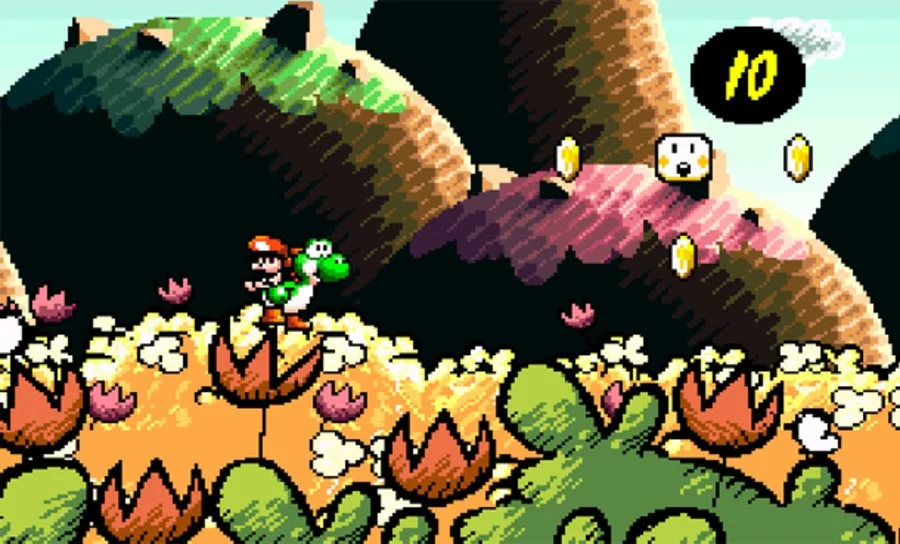
What Yoshi Game Should You Try First? Super Mario World 2: Yoshi’s Island
This one’s a tad tricky, mainly because the first game in this spin-off franchise has Super Mario in the title. Still, anyone who’s played any of the Yoshi platformers knows just how different they are from other 2D Mario games, and anyone who’s played this whole series knows the first one remains the best in the series by far.
Sure, Yoshi’s Crafted World and Yoshi’s Woolly World are both easier than the original Yoshi’s Island, and even have co-op multiplayer options. That said, this series has existed as long as it has largely because fans even decades later are still chasing that first high. Yoshi’s Island is a fantastic platforming adventure, with lovely crayon-drawing art direction, one of the most infectious game soundtracks ever, sharp-yet-simple controls, and plenty of colorful collectibles. Every other Yoshi game tries to do some version of what Yoshi’s Island does, and none of them does it quite as well.
Platforms: Super Nintendo, Game Boy Advance, Switch (via Nintendo Switch Online)
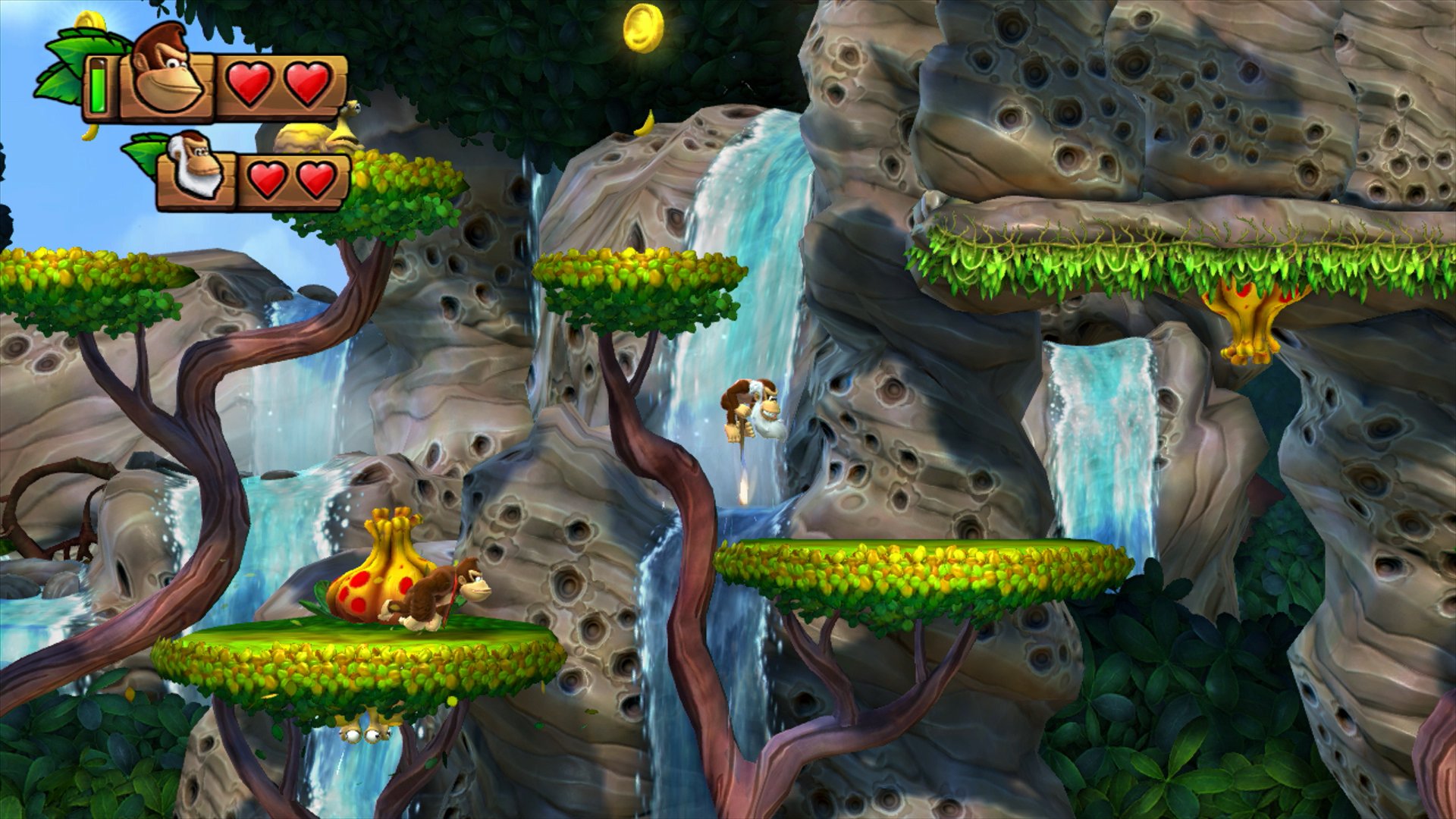
What Donkey Kong Game Should You Try First? Donkey Kong Country: Tropical Freeze
As the resident Donkey Kong enjoyer at The Punished Backlog, I take this responsibility very seriously. I want more people to play and appreciate the Donkey Kong games (specifically, the games where you play as one of the Kongs, not where Donkey Kong is the antagonist), and want to make sure I recommend something that will win them over easily.
While I generally prefer the original Super Nintendo titles over everything that came later, I can’t deny that the charm surrounding the games’ unique art styles and kind of janky controls won’t necessarily play well with first-timers in 2025. And while I also really like Donkey Kong Country Returns as a good starter, most of what it does well is a rehash of what worked before.
So, obviously, the answer is Donkey Kong Country: Tropical Freeze, a game with exceptional platforming challenge, beautiful level design, and a myriad of different Kong sidekicks to help enhance the overall vibes. Sure, it’s probably the toughest gameplay experience of the bunch, but it has enough of the charm and haunting beauty of the SNES titles with a more polished and comprehensive gameplay suite. It’s a terrific game on its own, and everyone who wants to understand what Donkey Kong Country is all about should start with something as great and (largely) approachable as Tropical Freeze.
Platforms: Wii U, Switch
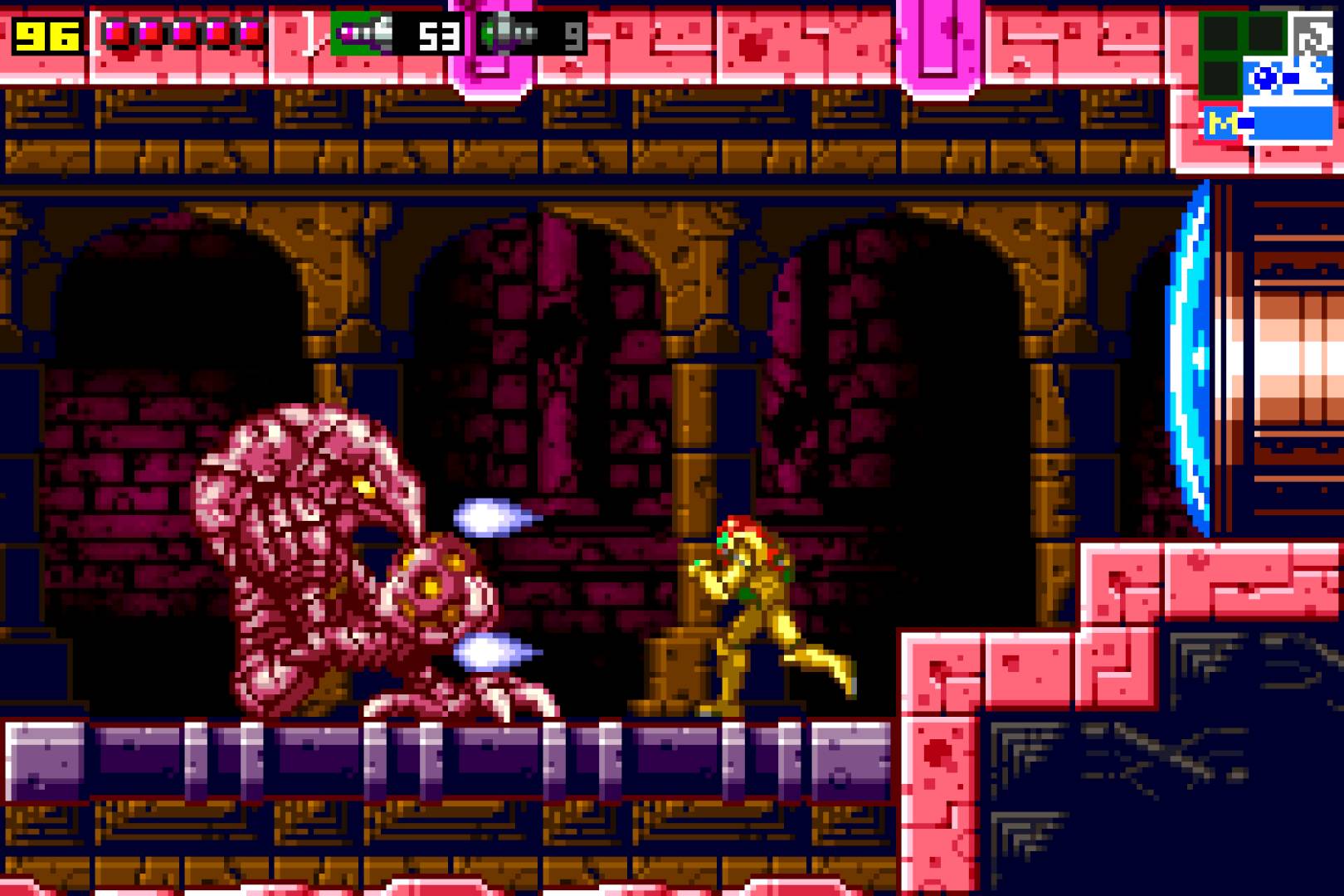
What Metroid Game Should You Try First? Metroid: Zero Mission
As a series, Metroid is designed to confuse and disorient players. Pioneering what we now call “Metroidvania” games, this franchise has made its bones by intentionally obfuscating the player’s goals and throwing mechanical curveballs once they get used to how things are supposed to go. To play a Metroid game is to be lost and alone, so picking something “user-friendly” for first-time players can be a tad difficult… with one lone exception.
2004 Game Boy Advance title Metroid: Zero Mission feels like it was designed specifically for the Metroidvania novice. A reimagining of the original NES title—the first in the series—Zero Mission has all the crucial elements that define the franchise: backtracking, chaotic enemy encounters, a focus on visual storytelling, and a truly astounding level of atmosphere felt at all times. For beginners, though, it also has the easiest-to-understand map system, and the game even tells you where to go to advance the story. In contrast to other games in the series, Zero Mission gives players more of an idea of whether they’re progressing toward the endgame or whether they’re just searching for fun bonus items.
I wouldn’t say that Zero Mission is the best game in the series (though it’s not too far from it), but if somebody had never played a Metroid before? It absolutely hits all the right notes without overwhelming or confusing the player. Also, since it’s a remake of the original, it is canonically the first place to start, so that’s something to consider if that matters to you (it should)!
Platforms: Game Boy Advance, Switch (via Nintendo Switch Online + Expansion Pack)

What Star Fox Game Should You Try First? Star Fox 64
This one is by far the easiest pick to make. If we’re being honest, Star Fox 64 is the only game in the decades-old franchise that everyone agrees is good at all. The original on SNES? I personally love it, but it’s visually incoherent and runs at like four frames per second. Star Fox Adventures? Not really a Star Fox game in the traditional sense, more of a Zelda clone. Star Fox Assault? Basically just Star Fox 64 but worse. Star Fox Zero? Trash, don’t even bother.
Star Fox 64, on the other hand, is basically a perfect video game, at least in the sense that it was and is the best possible version of the ideas it presents. The on-rails shooting mechanics are fairly simple but constantly engaging, the level design is equal parts chaotic and majestic, the visuals (for their time) are stunning, and even the late-’90s Saturday Morning Cartoon voice acting perfectly matches the attitude and aesthetic of the overall experience.
Most Star Fox games before and after 64 have in many ways tried to simultaneously recreate and reimagine its core experience for new generations. Every attempt has failed, and even if all these games (except maybe Zero) might still be worth playing in their own right, those who have never experienced Star Fox before should avoid them until playing 64.
Platforms: Nintendo 64, 3DS, Switch (via Nintendo Switch Online + Expansion Pack)

What Mario Kart Game Should You Try First? Mario Kart 8 Deluxe
Honestly, I considered ignoring this particular series for the purposes of this article, mainly because I don’t really think you can go wrong here. Sure, Super Mario Kart for the SNES may seem outdated, but it still works just fine. Mario Kart 64 is still a blast to play with friends. Mario Kart DS and Mario Kart 7 remain excellent options for racing on the go. Double Dash has a unique multiplayer hook that Nintendo hasn’t revisited. There’s still a genuine reason to play any Mario Kart game, and every single entry feels in some ways designed for people who rarely play video games at all.
Still, Mario Kart has become one of the load-bearing pillars of every Nintendo platform (including, it seems, the upcoming Switch 2), so it feels wrong to leave it off this list. If you’ve somehow never played a single title in this franchise before, however, then I’d recommend the best Mario Kart game and most popular one: Mario Kart 8 Deluxe. It has the most tracks, easiest mechanics, smoothest online play, and most accessibility options of any game in the series. It looks great, sounds great, and plays great. Maybe Mario Kart World eclipses 8 soon enough, but until then, 8 Deluxe is the way to go.
Platforms: Wii U (Mario Kart 8), Switch (8 Deluxe)
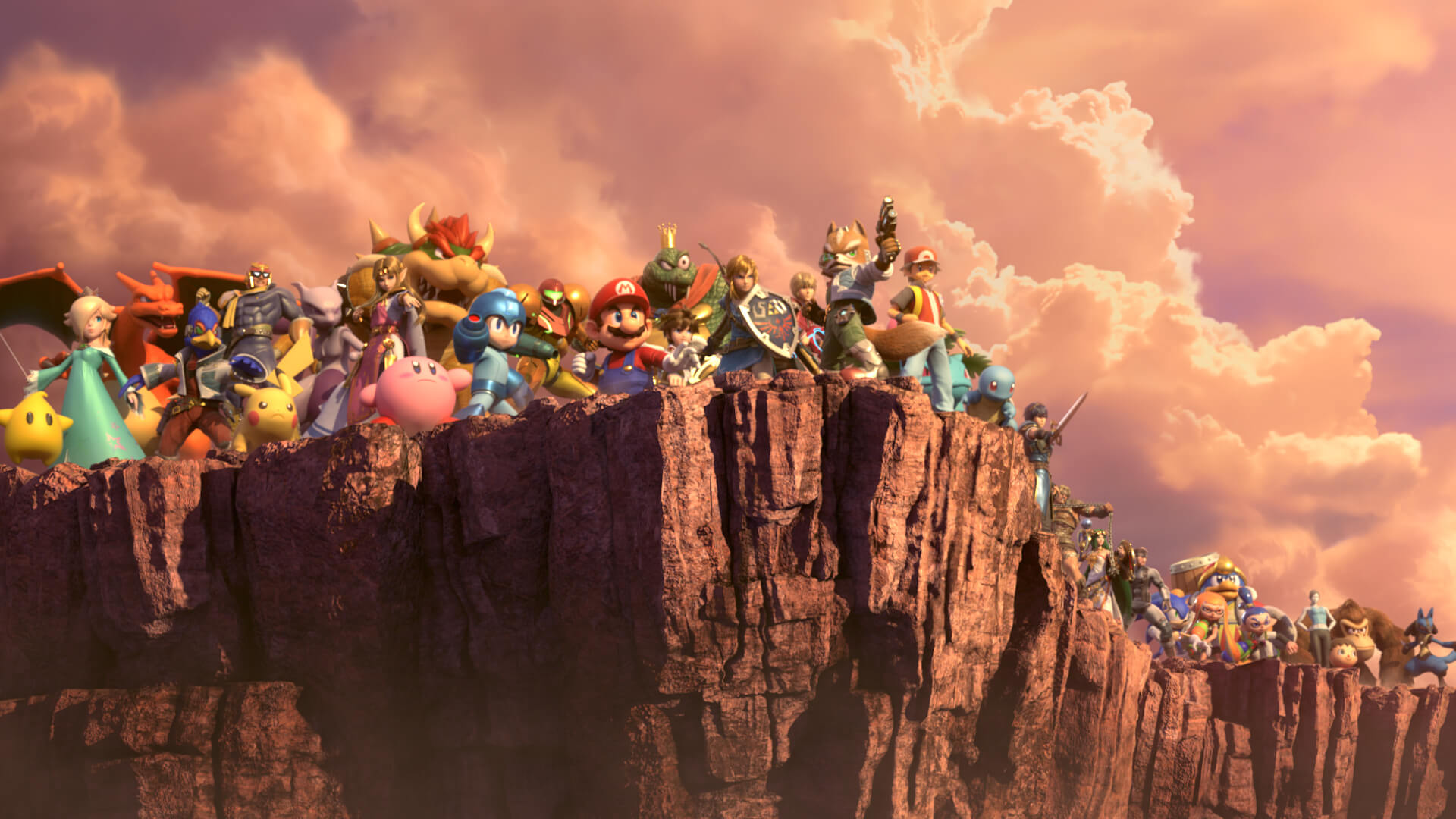
What Super Smash Bros. Game Should You Try First? Super Smash Bros. Ultimate
The irony of Smash Bros. as a series is that it’s simultaneously one of the most approachable and understandable fighting games ever made while also having a particular mechanical depth to it that makes the competitive side of the game inscrutable to newcomers. This paradox explains both why the series is so popular and why so many people—gamers or otherwise—find it intimidating.
So, if you’ve never touched a Smash game before, stick with the basics and just go with the most recent entry in the series, Super Smash Bros. Ultimate, instead of trying to get good at Melee or revitalize your college dorm party scene with Nintendo 64 original. Ultimate has the most fighters, most stages, most gameplay options, and enough unique single-player content to make practicing your skills all the easier. It’s debatable whether Ultimate is the best game in the series. It is, however, undeniably the most complete and cohesive, and therefore a perfect place to start for the unfamiliar, even if it still seems scary when you’re watching good players.
Platform: Nintendo Switch
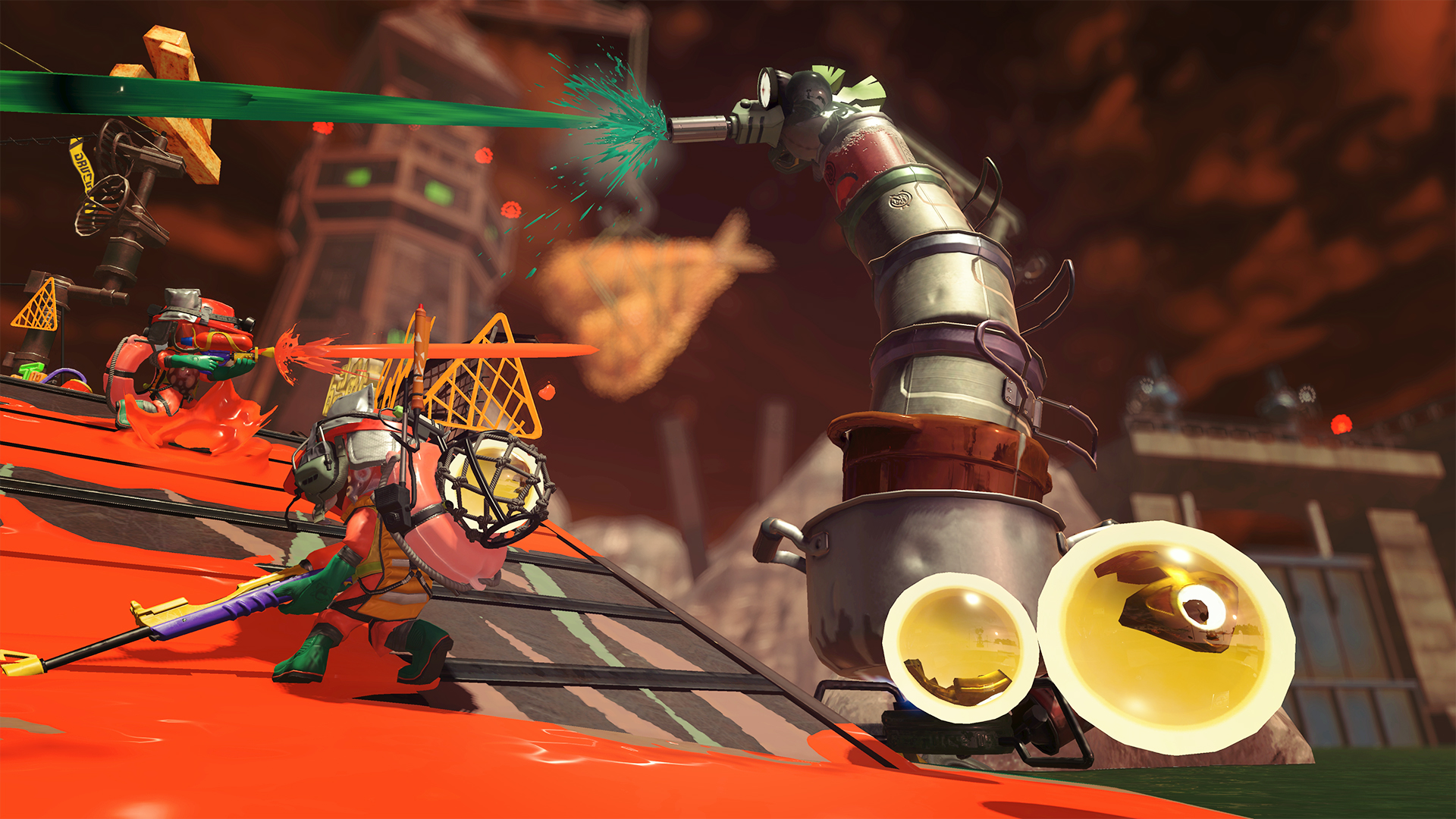
What Splatoon Game Should You Try First? Doesn’t Matter
I like these games, but they’re all pretty much the same. Splatoon 3 is the most recent and therefore the most polished and most content-heavy, but you won’t get a fundamentally different experience from that compared to the first two. You can’t go wrong!
Platforms: Wii U (Splatoon), Switch (Splatoon 2, Splatoon 3)
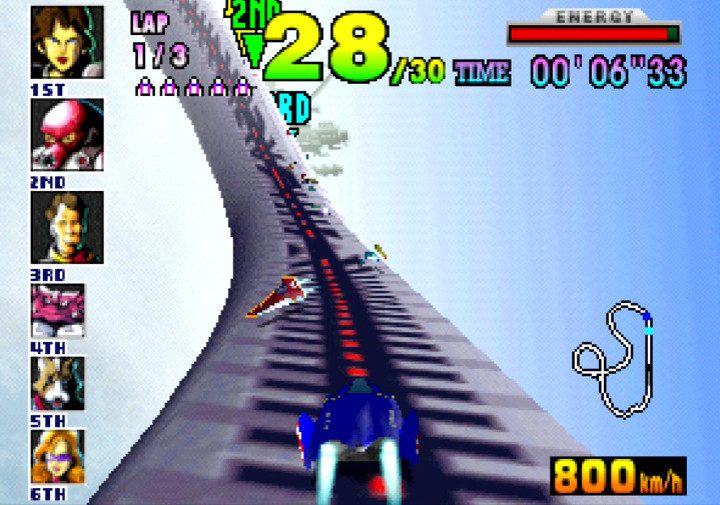
What F-Zero Game Should You Try First? F-Zero X
This is probably the most niche of all the franchises listed in this piece. Not everybody loves racing games, and certainly not everyone loves tough futuristic racers where your vehicle almost goes too fast for the game itself.
I’ve always enjoyed the F-Zero titles, not because I’m good at them (I’m not) but because they tick off all the boxes I want in a Nintendo game: simple but nuanced controls, an eye-popping color scheme, and plenty of replayability. To some, these are basically just more racing games, no different than ones you can find elsewhere. For me, they’re quintessential Nintendo, though maybe not quite as iconic as the other games above.
All that said, if you wanted to get an understanding of what F-Zero is really about, I’d first look to F-Zero X on the Nintendo 64. The original SNES title is iconic and a treasure of its time, but it’s mostly a relic at this point, something that modern audiences probably wouldn’t appreciate all that much. F-Zero GX on the GameCube might be a little too intense for novices, and all the various GBA games—while great in their own way—are a little too similar to the original. X, on the other hand, has the exact right balance of high-octane action and good old-fashioned fun for new players. The graphics are a little basic, but everything runs at an impressive 60 fps, and the soundtrack might be the best in the whole damn series.
Platforms: Nintendo 64, Switch (via Nintendo Switch Online + Expansion Pack)
What Nintendo games do you think are the best places to start? Let us know in the comments!
Sam has been playing video games since his earliest years and has been writing about them since 2016. He’s a big fan of Nintendo games and complaining about The Last of Us Part II. You either agree wholeheartedly with his opinions or despise them. There is no in between.
A lifelong New Yorker, Sam views gaming as far more than a silly little pastime, and hopes though critical analysis and in-depth reviews to better understand the medium's artistic merit.
Twitter: @sam_martinelli.

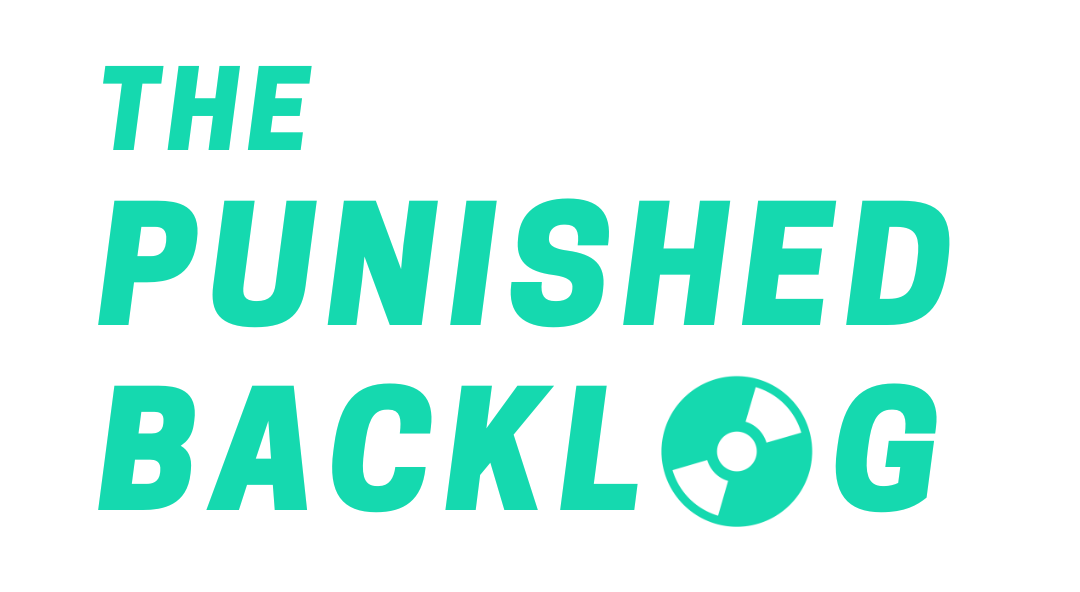







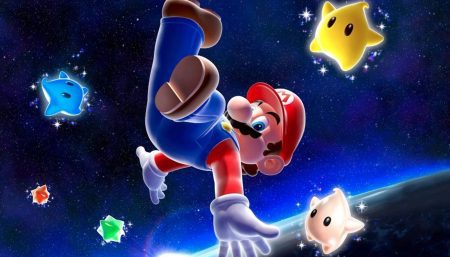
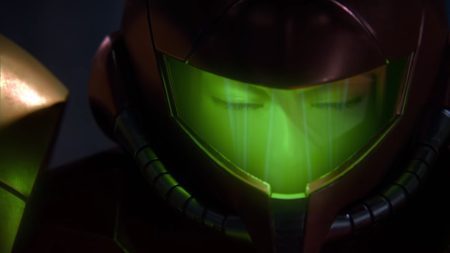
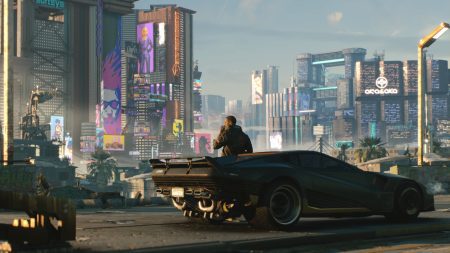
Fire Emblem GBA!!!!!